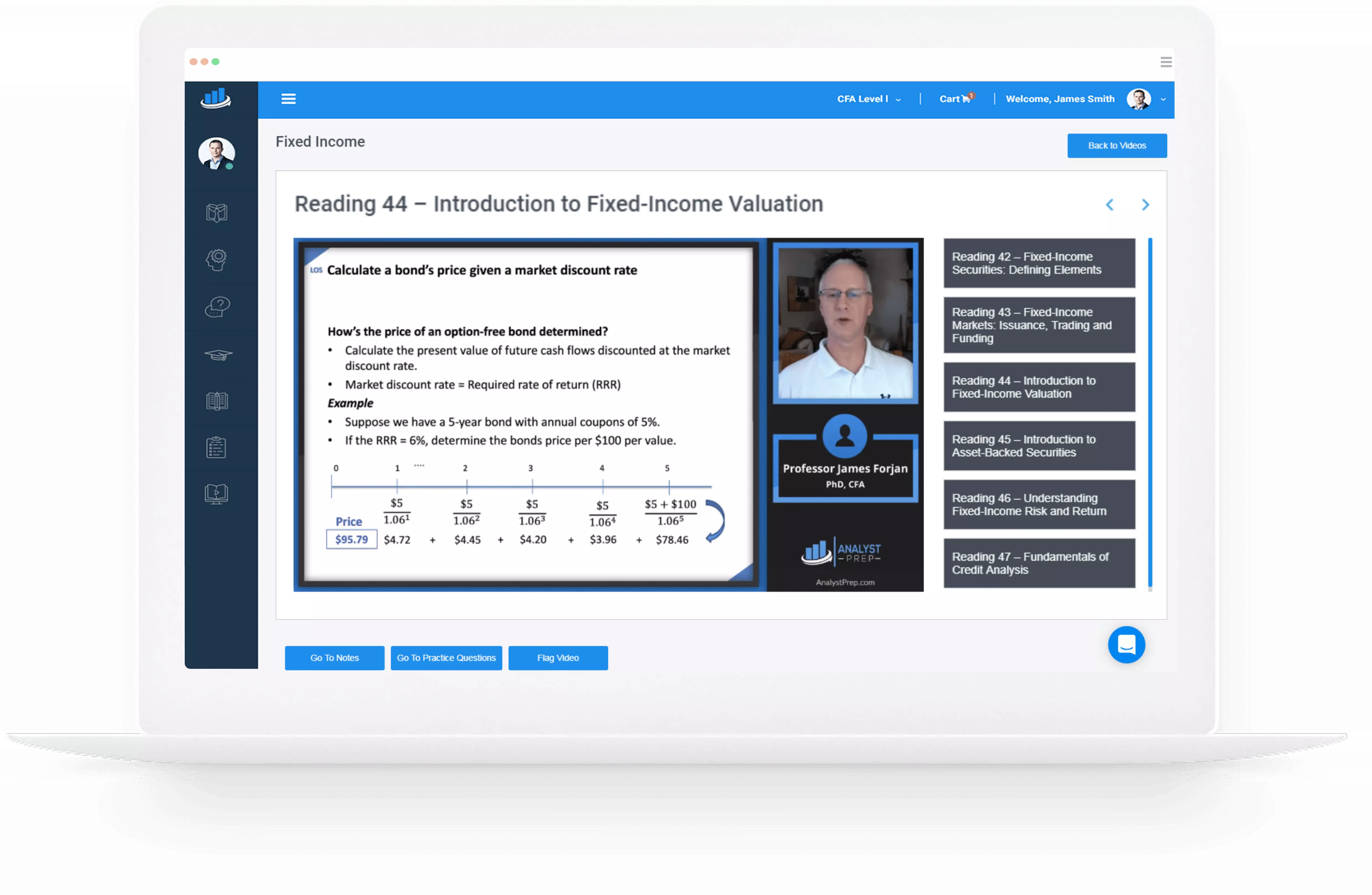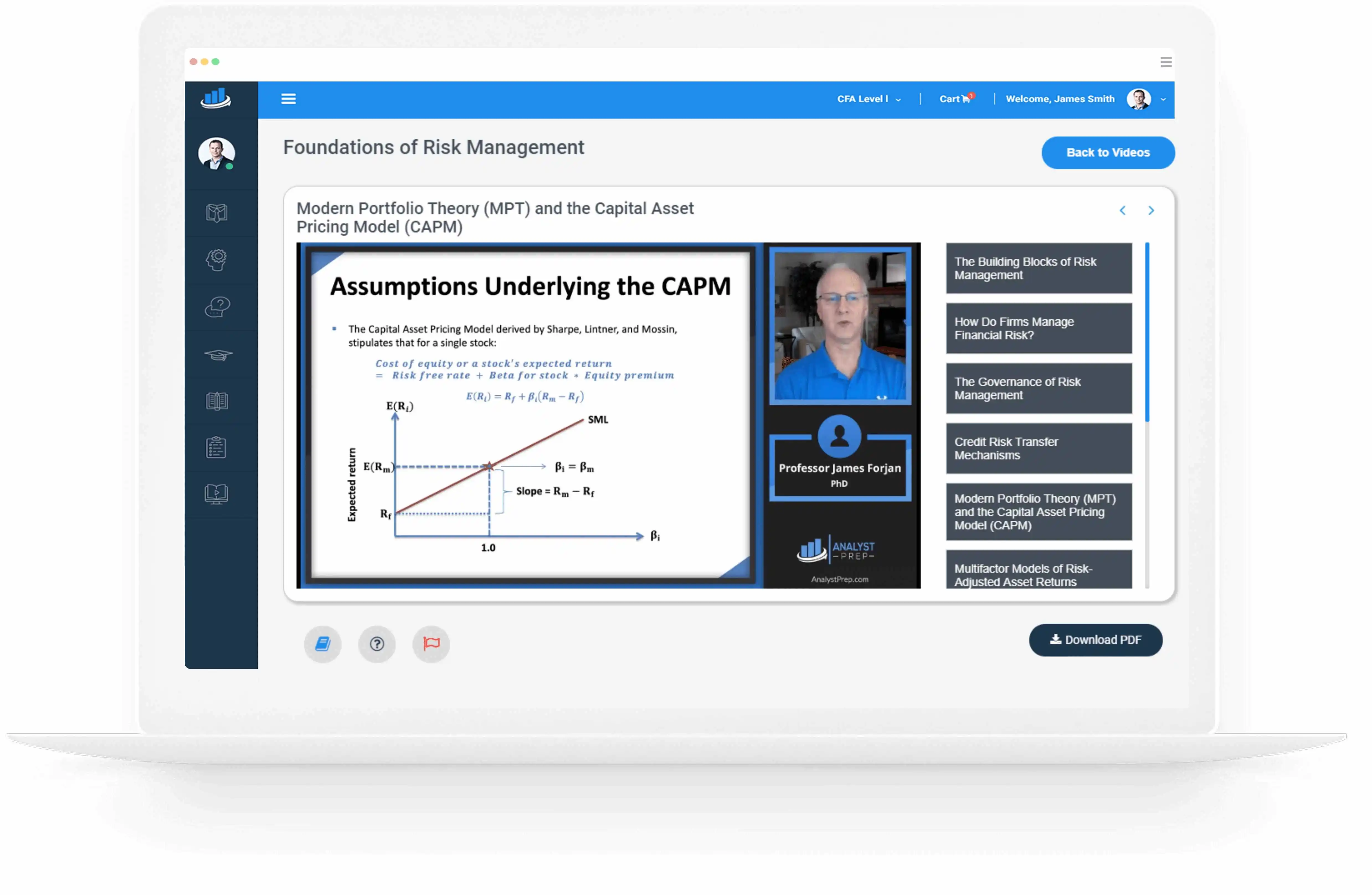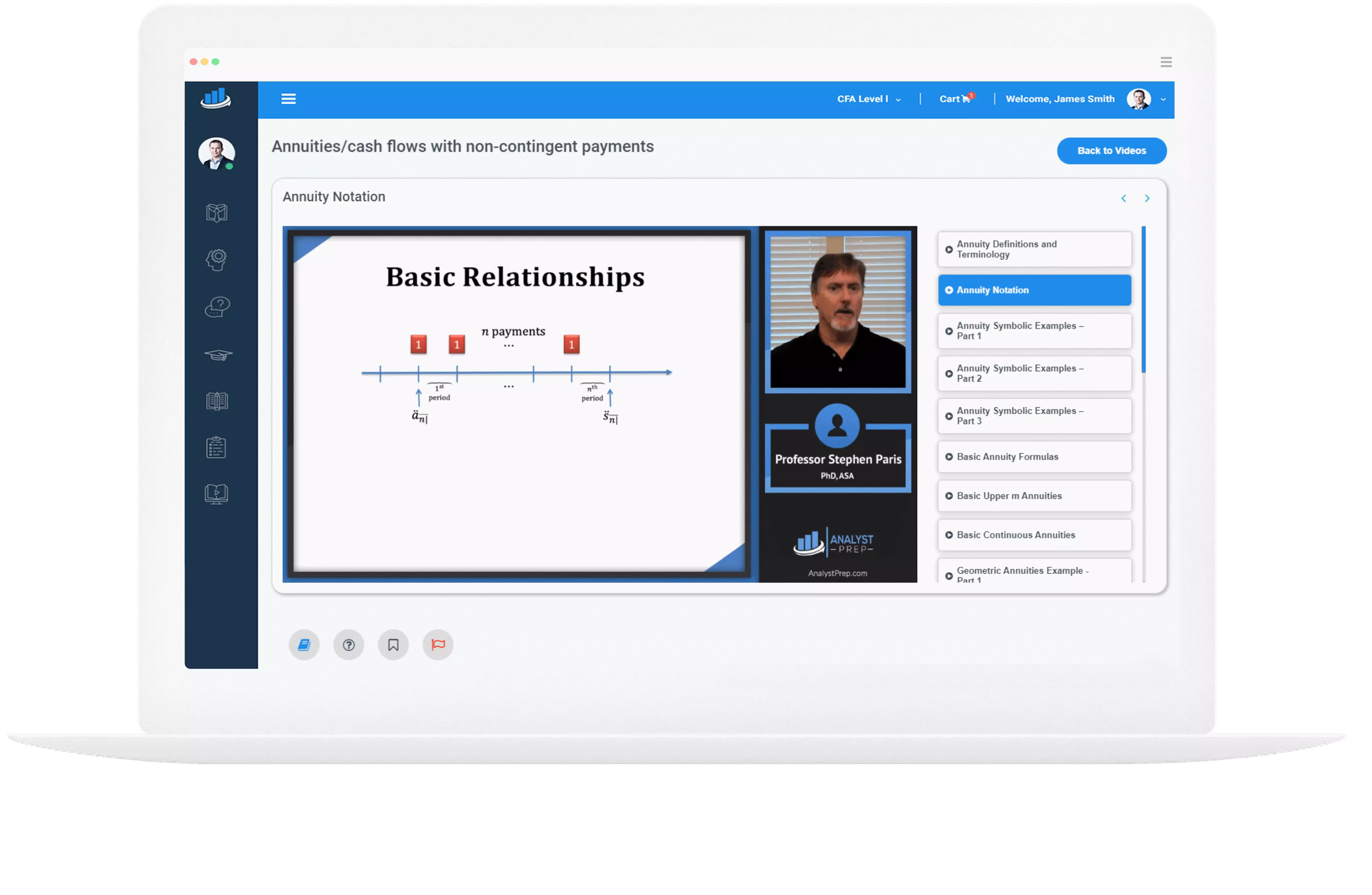Liquidity Risk
Liquidity risk refers to the ease and cost associated with buying and selling these instruments. The trading volumes and bid-offer costs can greatly differ across various fixed-income markets and regions. For instance, sovereign bonds in large developed markets like the…
Credit Strategies
Top-Down Credit Strategies Top-Down Credit Strategies is a method of credit strategy that emphasizes on a wider range of factors influencing the bond market, contrasting the detailed, issuer-specific bottom-up approach. This strategy is guided by macro factors such as economic…
Fixed-Income Strategies
Active Fixed-Income Management Strategies Active fixed-income managers are tasked with the selection of spread-based bond portfolio investments. Their goal is to maximize excess spread across various fixed-income issuer types, industries, and instruments within their investment mandate. The decision-making process may…
Fixed-Income Portfolio Management
Fixed-income portfolio managers often aim to maximize returns by purchasing securities with a higher Yield to Maturity (YTM) and a lower equivalent price than a comparable default risk-free government bond. For instance, if a U.S. Treasury bond offers a 2%…
Portfolio Positioning
Yield Curves Yield curves, a graphical representation of the interest rates on debt for a range of maturities, are typically upward-sloping. This means that they show diminishing marginal yield-to-maturity increases at longer tenors, becoming flatter at longer maturities. For instance,…
Benchmark Yields
The expected return on a fixed-income portfolio is given by: \(E(R) \approx\) Coupon income +/− Rolldown return +/− E(\(\Delta\) Price due to investor’s view of benchmark yields) +/− E(\(\Delta\) Price due to investor’s view of yield spreads) +/− E(\(\Delta\) Price…
Benchmark
Investment Management Choosing a benchmark is a pivotal step for an investment manager, following the decision of passive versus active investment or the form of investment. This choice is part of the broader asset allocation process, which starts with a…
Market Exposure
Passive Bond Market Exposure Passive bond market exposure is a strategy in the fixed-income market that aims to mirror the overall investment landscape. It considers factors such as credit quality, borrower type, maturity, and duration. The objective is not to…
Fixed-Income Universe
Fixed-Income Universe and Bond Market Index Investors often diversify their portfolio by allocating a portion of their assets to the fixed-income universe, drawn by the risk-return characteristics of bond markets. A strategy based on a bond market index provides a…
Multiple Liabilities
Risks in LDI Strategies for Single and Multiple Liabilities Liability Driven Investment (LDI) strategies, widely used by pension funds and insurance companies, are subject to various risks. These risks can impact both single and multiple liabilities. The key relationship for…




